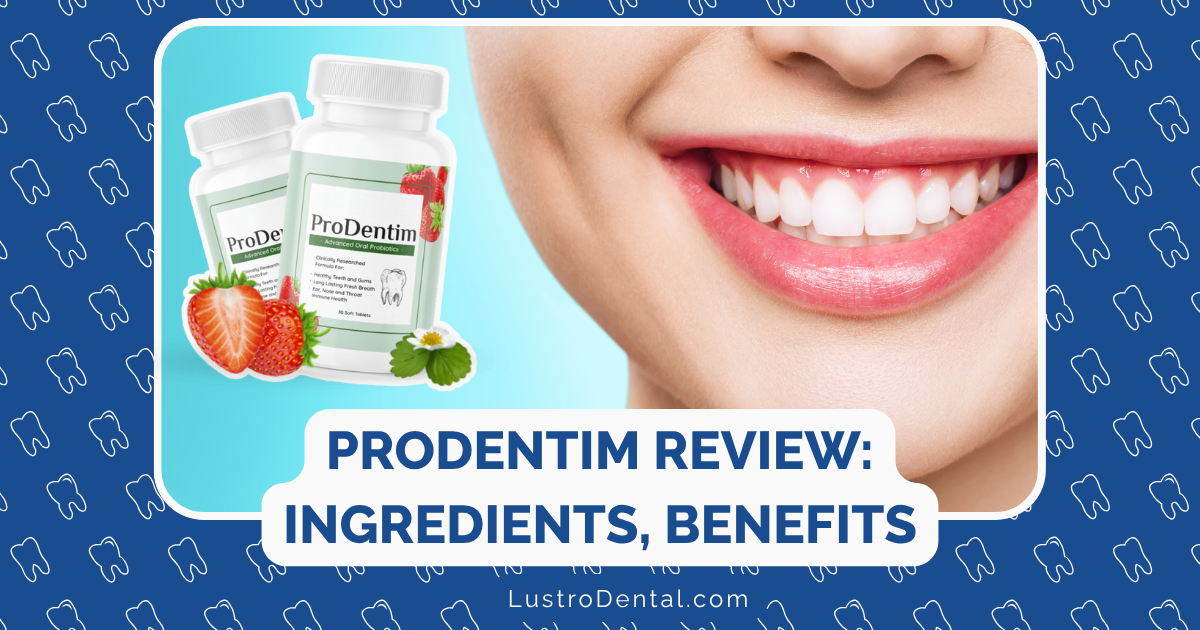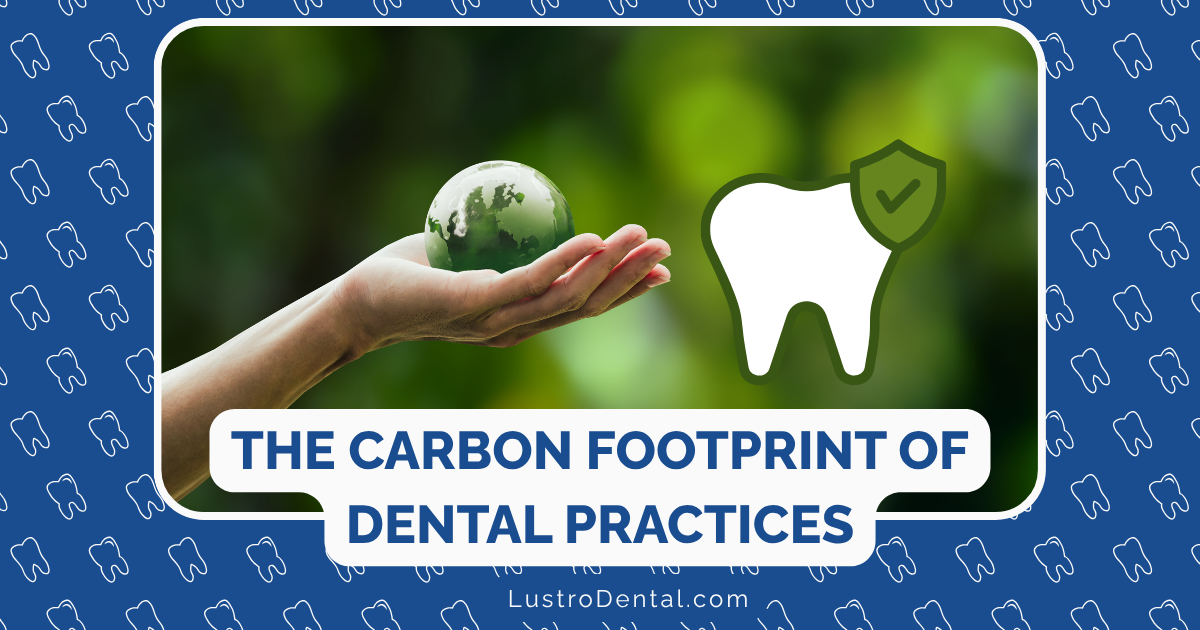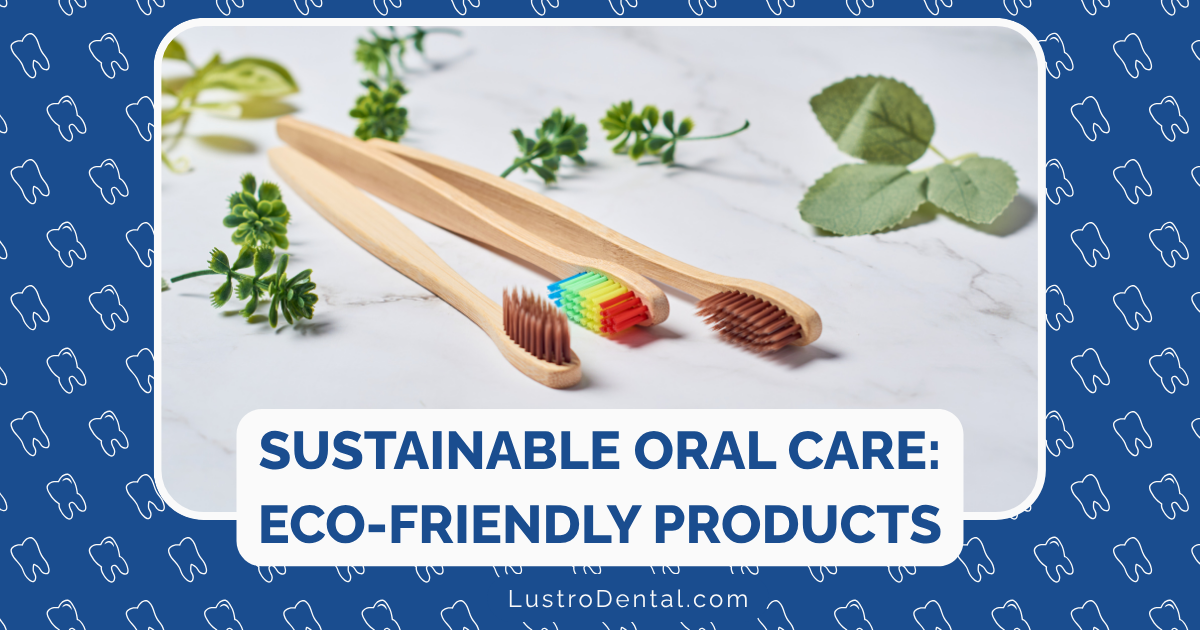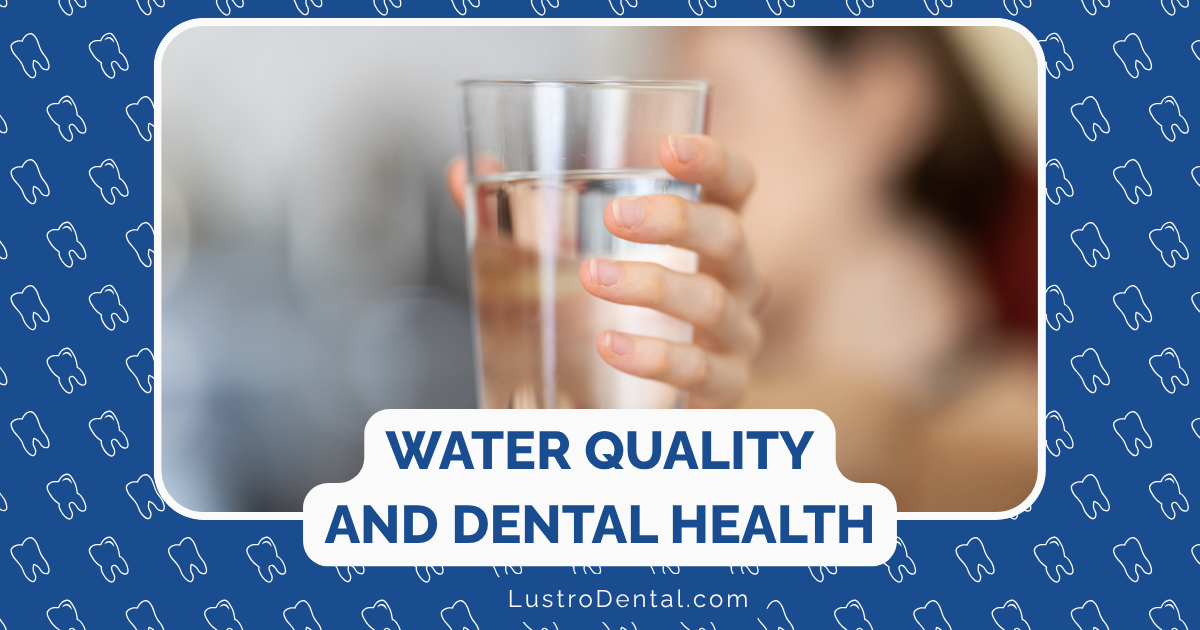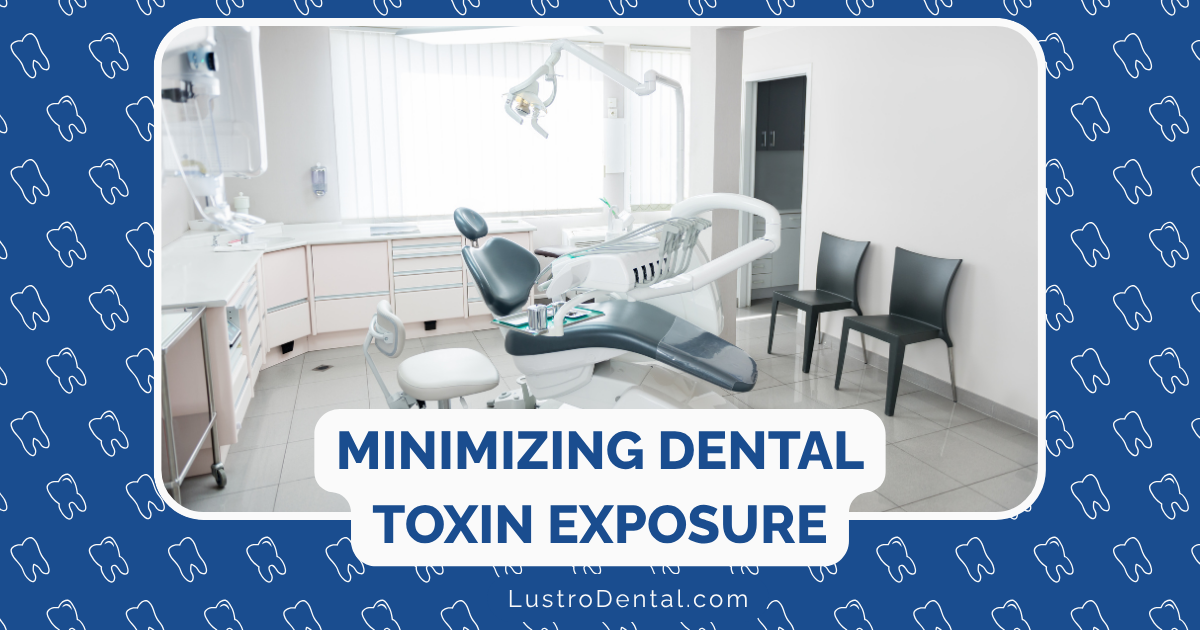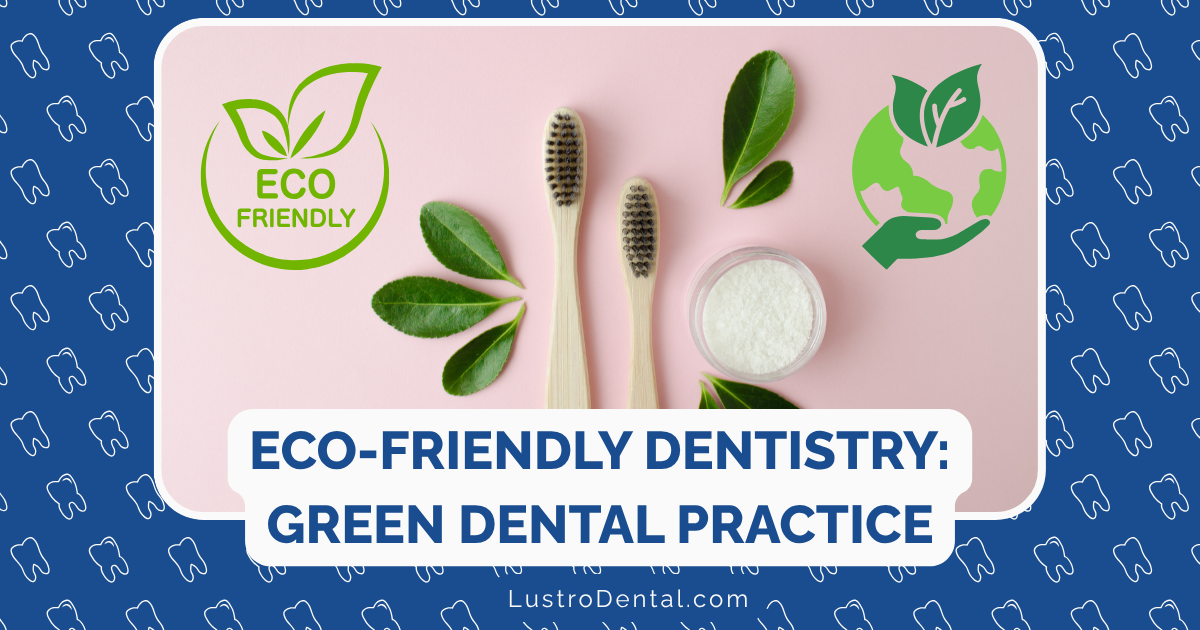Ozone in Dentistry: Applications and Evidence in 2025
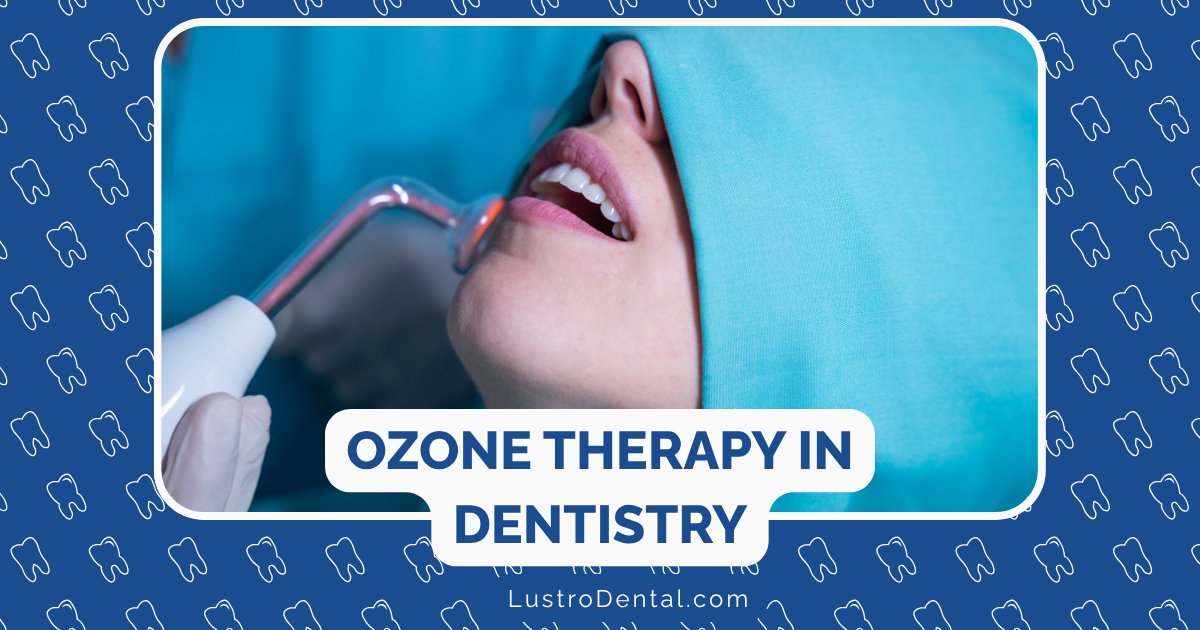
Have you ever wondered if there might be more natural, less invasive ways to address dental issues? As we continue to seek gentler yet effective approaches to oral healthcare, one treatment modality has been gaining significant attention: ozone therapy. Once considered alternative or experimental, ozone therapy has steadily built a foundation of clinical evidence that’s transforming how we approach various dental conditions.
In this comprehensive overview, we’ll explore how ozone therapy is being applied in dental practices in 2025, examine the current scientific evidence supporting its use, and help you understand when it might be an appropriate option for your dental care.
Understanding Ozone in Dentistry
Ozone (O₃) is a naturally occurring molecule consisting of three oxygen atoms. While we often hear about ozone in the context of our atmosphere’s protective layer or as an air pollutant, medical-grade ozone has been used therapeutically for over a century.
In dentistry, ozone is valued for its powerful antimicrobial properties and ability to stimulate healing responses in tissues. It works through several mechanisms:
- Oxidation of cell walls: Ozone disrupts bacterial, viral, and fungal cell membranes, effectively killing these microorganisms.
- Immune modulation: Ozone can stimulate the production of cytokines and other immune system components.
- Enhanced oxygenation: By improving oxygen delivery to tissues, ozone supports cellular metabolism and healing.
- Anti-inflammatory effects: Ozone can reduce inflammation markers and promote tissue repair.
“Ozone therapy represents a paradigm shift in how we approach infection control and tissue healing in dentistry,” explains Dr. Sarah Johnson, a biological dentist who has incorporated ozone into her practice for over a decade. “It allows us to harness the body’s natural healing mechanisms while reducing our reliance on antibiotics and more invasive interventions.”
Forms of Ozone Used in Dental Applications
Dental practitioners utilize ozone in several forms, each with specific applications:
1. Ozone Gas
Delivered through specialized dental handpieces, ozone gas can penetrate small spaces and porous tissues. It’s commonly used for treating early caries, disinfecting root canals, and addressing periodontal pockets.
2. Ozonated Water
Water infused with ozone is used as an irrigation solution during procedures and as a mouth rinse. Studies have shown that ozonated water can effectively reduce bacterial loads in the oral cavity while being gentle on tissues.
3. Ozonated Oils
Oils (typically olive or sunflower) treated with ozone create a stable, long-lasting form that can be applied to tissues. These are particularly useful for treating oral lesions, promoting wound healing, and managing inflammation.
Clinical Applications and Evidence in 2025
Let’s examine how ozone therapy is being applied across different dental specialties in 2025, along with the current evidence supporting these applications.
Periodontal Treatment
Periodontal (gum) disease remains one of the most common chronic conditions worldwide, affecting nearly half of adults over 30. Traditional treatment typically involves scaling and root planing (SRP) to remove plaque and calculus from beneath the gumline.
Current Evidence: A 2025 systematic review published in Nature Scientific Reports analyzed 13 randomized controlled trials involving 655 patients. The findings demonstrated that combining ozone therapy with SRP resulted in:
- Significant reduction in probing depth (PD) with a weighted mean difference of -0.26 mm compared to SRP alone
- Meaningful improvement in gingival index (GI) scores, indicating reduced inflammation
- Enhanced healing responses in periodontal tissues
Dr. Michael Chen, periodontist and researcher at the University of California, notes: “What’s particularly promising about ozone as an adjunct to periodontal therapy is that it addresses both the microbial challenge and the inflammatory response without the side effects we sometimes see with antibiotics.”
Endodontic (Root Canal) Treatment
Root canal therapy aims to eliminate infection from within the tooth while preserving the natural structure. Traditionally, this involves mechanical cleaning and chemical disinfection of the root canal system.
Current Evidence: Research from 2024-2025 has shown that incorporating ozone into endodontic protocols can:
- Enhance disinfection of complex root canal systems
- Reduce post-treatment pain and discomfort
- Potentially improve long-term success rates
A clinical trial published in the Journal of Endodontics found that patients who received ozone therapy during endodontic treatment reported significantly lower pain scores in the days following the procedure compared to conventional treatment alone.
However, it’s important to note that ozone is typically used as a complementary approach rather than a replacement for traditional irrigants like sodium hypochlorite, as noted in a comprehensive review by Springer.
Caries Management and Minimally Invasive Dentistry
Perhaps one of the most exciting applications of ozone in dentistry is in the management of dental caries (cavities), particularly early-stage lesions.
Current Evidence: Studies have demonstrated that ozone can:
- Effectively eliminate cariogenic bacteria
- Promote remineralization of early carious lesions
- Potentially reverse initial decay without drilling
Research published in 2025 has shown that gaseous ozone application to early pit and fissure caries resulted in arrest or reversal of the lesions in approximately 65% of cases when combined with remineralization therapies.
“Ozone therapy aligns perfectly with the principles of minimally invasive dentistry,” explains Dr. Lisa Williams, professor of restorative dentistry. “It allows us to treat decay at earlier stages, preserving more natural tooth structure and potentially avoiding the restoration cycle altogether in some cases.”
Soft Tissue Applications
Ozone therapy has shown particular promise in treating soft tissue conditions in the oral cavity.
Current Evidence: Clinical trials have demonstrated effectiveness in:
- Accelerating healing of aphthous ulcers (canker sores)
- Managing herpes labialis (cold sores)
- Treating oral mucositis in cancer patients
- Supporting tissue healing after surgical procedures
A 2025 crossover study found that surgical sites irrigated with ozonated water showed significantly better wound healing outcomes compared to those treated with saline, with reduced inflammation markers and accelerated tissue repair.
Dentinal Hypersensitivity
Tooth sensitivity affects millions of people worldwide and can significantly impact quality of life. Ozone has emerged as a potential management strategy for this common condition.
Current Evidence: Studies indicate that ozonated products can:
- Reduce dentinal hypersensitivity by approximately 55%
- Provide longer-lasting relief compared to some conventional desensitizers
- Work synergistically with other desensitizing agents
The mechanism appears to involve both the occlusion of dentinal tubules and the desensitization of nerve endings, offering a multi-faceted approach to this challenging condition.
Areas of Limited Evidence or Contraindication
While ozone shows promise in many areas of dentistry, the evidence is not universally positive. Current research indicates that:
- Restorative Dentistry: Ozone may adversely affect dentinal bond strength and is generally not recommended immediately before adhesive procedures.
- Bleaching Enhancement: While some studies suggest ozone can enhance bleaching outcomes, results remain inconsistent.
- Long-term Outcomes: More longitudinal studies are needed to establish the durability of results across all applications.
Safety Considerations and Contraindications
When administered correctly by trained professionals using modern equipment, ozone therapy in dentistry is generally considered safe with minimal side effects. However, important safety considerations exist:
Potential Side Effects
- Temporary discomfort at the application site
- Mild, transient taste or smell sensations
- Rare allergic reactions
Contraindications
Ozone therapy is contraindicated in several conditions, including:
- Pregnancy and breastfeeding
- Glucose-6-phosphate dehydrogenase deficiency
- Hyperthyroidism
- Severe anemia
- Recent myocardial infarction
- Alcohol intoxication
- Active hemorrhage
- Ozone allergy
“Patient selection is crucial when considering ozone therapy,” emphasizes Dr. Robert Johnson, dental researcher and safety advocate. “While the risk profile is generally favorable, proper screening and adherence to protocols are essential to ensure patient safety.”
The Patient Experience
For many patients, ozone therapy offers a gentler experience compared to some traditional dental treatments. The procedures are typically:
- Painless or minimally uncomfortable
- Quick to administer
- Odorless and tasteless when properly delivered
- Free from the drilling noise that many patients find anxiety-provoking
Many patients report satisfaction with ozone treatments, particularly those who have had negative experiences with conventional approaches or who prefer more natural treatment modalities.
Integration into Conventional Dental Practice
In 2025, ozone therapy is increasingly being integrated into mainstream dental practices rather than being limited to holistic or biological dental offices. This integration typically takes one of several forms:
1. Complementary Approach
Most commonly, ozone is used as an adjunct to conventional treatments, enhancing outcomes while maintaining standard protocols. For example, using ozone as a supplementary disinfectant after traditional scaling and root planing.
2. Alternative Option
In some cases, particularly with early-stage conditions or for patients with contraindications to conventional treatments, ozone may be offered as an alternative approach.
3. Preventive Strategy
Increasingly, dental practices are incorporating ozone into preventive protocols, using periodic applications to manage biofilm and support overall oral health.
Cost and Accessibility Considerations
As with many emerging technologies, cost and accessibility remain considerations for patients interested in ozone therapy:
- Insurance Coverage: As of 2025, coverage for ozone therapy varies widely among insurance providers, with some recognizing specific applications while others consider it experimental.
- Equipment Investment: The specialized equipment required for ozone generation and application represents a significant investment for dental practices, which may be reflected in treatment fees.
- Availability: While becoming more widespread, not all dental practices offer ozone therapy, potentially limiting access in some regions.
The Future of Ozone in Dentistry
Looking beyond 2025, several developments are likely to shape the future of ozone in dental practice:
- Standardized Protocols: Ongoing research is working toward establishing standardized application protocols for different dental conditions.
- Combination Therapies: Emerging evidence suggests that combining ozone with other modalities like photobiomodulation (light therapy) may enhance outcomes.
- Home Application: Development of safe, controlled devices for home use could expand access to ozone therapy for maintenance between professional treatments.
- Expanded Insurance Coverage: As evidence continues to accumulate, more insurance providers may recognize and cover ozone therapy for specific indications.
Conclusion: Is Ozone Therapy Right for You?
Ozone therapy represents a promising addition to the dental toolbox, offering antimicrobial, anti-inflammatory, and healing-promoting properties through a generally well-tolerated approach. The growing body of evidence supports its use in several dental applications, particularly as an adjunct to conventional treatments.
If you’re interested in exploring ozone therapy as part of your dental care:
- Discuss with your dentist: Ask about their experience with ozone therapy and whether they believe it would be beneficial for your specific condition.
- Consider your health history: Be sure to share your complete health history to ensure you have no contraindications.
- Understand the evidence: Recognize that while promising, evidence is stronger for some applications than others.
- Set realistic expectations: Ozone therapy is not a panacea, and results vary based on individual factors and specific conditions.
As with any dental treatment, the decision to incorporate ozone therapy should be made in partnership with your dental care provider, considering your unique oral health needs, medical history, and personal preferences.
Have you experienced ozone therapy in a dental setting? What was your experience like? Share your thoughts in the comments below.


